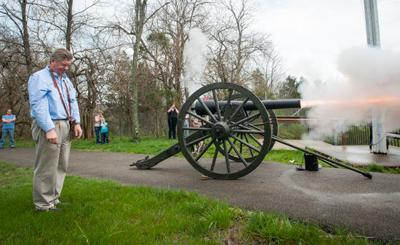Do you really need to blow your nose right now?
Chris Froome probably wishes he'd asked himself that question--and, more important, answered it with a firm "No!"
For unexplained reasons, he blew his nose during the time trial of the Criterium du Daphine last week. He may have breathed (That's the first time I've ever used that verb in the conditional present perfect tense) easier, but only for a brief moment. A very brief moment.
He crashed. That left him with a fractured femur, elbow, neck and ribs and with two liters less blood than he had before he blew his nose.
The result: Not only was he out of commission after the fourth stage of the race; he has also forefitted much of the remaining season. At any rate, he won't get to ride in the Tour de France, which he's won four times.
That, of course, has led to more than a few conspiracy theories. After all, the record for TdF victories is five. And the four cyclists who share the record are Continentals: Eddy Mercx is Belgian, Miguel Indurain is Basque/Spanish and Bernard Hinault and Jacques Anquetil are French.
I mean, how would that look if a Brit entered that lofty company--just as his country was pulling out of the European Union.
Hmm...Could some anti-Brexiteer have dusted the air in front of him?
(I confess! ;-)
Chris Froome probably wishes he'd asked himself that question--and, more important, answered it with a firm "No!"
For unexplained reasons, he blew his nose during the time trial of the Criterium du Daphine last week. He may have breathed (That's the first time I've ever used that verb in the conditional present perfect tense) easier, but only for a brief moment. A very brief moment.
He crashed. That left him with a fractured femur, elbow, neck and ribs and with two liters less blood than he had before he blew his nose.
The result: Not only was he out of commission after the fourth stage of the race; he has also forefitted much of the remaining season. At any rate, he won't get to ride in the Tour de France, which he's won four times.
That, of course, has led to more than a few conspiracy theories. After all, the record for TdF victories is five. And the four cyclists who share the record are Continentals: Eddy Mercx is Belgian, Miguel Indurain is Basque/Spanish and Bernard Hinault and Jacques Anquetil are French.
I mean, how would that look if a Brit entered that lofty company--just as his country was pulling out of the European Union.
Hmm...Could some anti-Brexiteer have dusted the air in front of him?
(I confess! ;-)








